Themed unit studies are a great learning tool for homeschool families so let me show you how to create a unit study! Unit studies are adaptable and work well with different philosophies such as delight-directed learning, relaxed homeschooling, and Charlotte Mason. You can customize each unit study to exactly what your family needs because they offer flexibility and personalization options. Unit studies are also fun when you want something a little different in your routine such as celebrating a holiday or season.
Best of all, it does not have to be complicated to create a unit study. It does not have to be “Instagram worthy.” It’s about your family learning and having fun together!
Many homeschooling families are naturally inquisitive and enjoy learning when something piques their interest. They might not even realize they are doing unit studies without thinking about it formally! So putting a bit of a plan in action and keeping records is simply the next step. In this post, I will more fully explain what a unit study is and the easy steps to plan one.
At the end of this post is an ever-growing list of the unit study posts currently on my website. You can also see the unit study ideas posts that aren’t complete unit studies, but offer lots of learning ideas. If you look on the Tags page, you will discover many unit study themed tags on a variety of topics under the letter U.
My shop is arranged so it is easy to find themed printables for your unit study. Go to All Learning Themes to see an easy-to-navigate listing of the 45 topics included in my shop or just click the graphic below.
So let’s jump in on how to create a unit study for your particular family!
What Is A Themed Unit Study?
A themed unit study is a collection of books, printables, and activities around a learning theme or topic. Sometimes also called thematic learning, students learn a variety of subjects around one topic. A unit study purist would expect every subject to be taught around the theme, but I’m not a purist so my definition is a bit broader.
Depending on the age of your children, a unit study can be as simple as a few books, some printables, and a couple of activities that you do over one week. It can also be something far more complicated that lasts for weeks or even a few months for much older students who are particularly passionate about a subject. Unit studies can work well when there are multiple ages present because a family can all focus on one topic, but do activities and reading that are age appropriate.
Unit studies do NOT have to be complicated. I’ve seen the amazing photos of what some families do – homemade costumes, extensive food feasts, staged plays, etc. Those are NOT required to do a quality unit study that will help your children learn.
Do what works for you and your children, not what another mom on Pinterest or Instagram is doing.
It’s far better to do a simple unit study and expose your children to the information than do nothing because you don’t have the skills, time, or money to pull off something amazing and over-the-top.
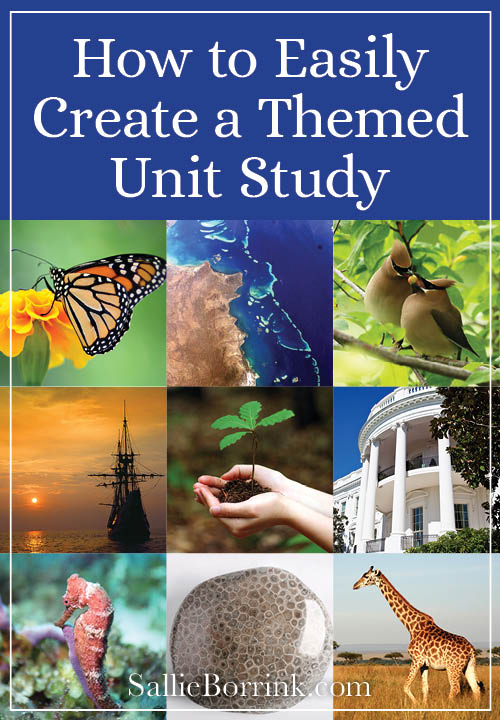
How To Create a Themed Unit Study
There are many things you can add to a unit study and so I think the temptation is to plan too much. It doesn’t have to be complicated, especially for younger children. The must-have elements of a unit study would include the following:
- Theme or Topic
- Goals
- Timeline
- Books
- Activities
- Printables
- Culminating Assessment (if required in your state)
Really, that’s it. You need a topic, a few learning goals, a timeline, good books, a few printables, and some activities. The types of printables and activities you add in will depend on your family. If you live in a state with demanding record keeping, then you will want some kind of final assessment or project to demonstrate what your children have learned. (You can also do this if you live in a state that doesn’t require it, but it isn’t necessary.)
If you would like a form to use while planning, check out my Unit Study Planning Pages.
1. Chose Your Unit Study Topic Or Theme
Choose a highly engaging theme the first few times you do unit studies. You want to focus on being successful with this way of learning and getting your kids to buy in that this is a fun way to learn. It is a fun way to learn, but an overambitious mom can turn something fun into too much work and too much stress. Keep it simple, highly-engaging, and fun!
So choose a theme that your children will enjoy and embrace whole-heartedly.
2. Set Your Unit Study Goals
Set a few reasonable goals for your children such as:
- Key information they should learn
- Important vocabulary related to the theme
- Important dates, events, and/or a timeline
- Important people
There is no right or wrong answer. The goals simply give you some guideposts along the way while you are planning and learning. They will also reassure you when you reach the end of the unit study that you accomplished what you set out to do.
A KWL can be a great tool at this stage. See this post where I explain them: Using A KWL In Your Homeschool Unit Study.
3. Create A Unit Study Schedule
Decide how long you want your unit study to last. How long will it take to meet your goals and have fun along the way as you learn? A week? Two weeks? A month? Will you do only your unit study for that week? Or will you devote an hour a day to it? Two hours a day?
Think through what is realistic for your family. Less is often more so if you are just starting out and your children are younger, begin with something simple and short.
It’s also important to plan in some flexibility. If you choose a topic your children really embrace, they might want to do far more than you have planned. If they are excited about learning, let them run with it!
4. Select Your Unit Study Books
Unit studies are created using living books, not textbooks. Look for quality living books in both fiction and non-fiction. I would definitely include picture books in this unless your kids are much older. Picture books are an effective way to learn throughout elementary school.
When you are preparing for your unit study, look to see what you might want to use from the library. Check out a group of library books around your theme, ordering them ahead of time if needed.
When Caroline was younger, we had a huge book basket in the learning room that was always filled with library books. I encourage you to have an easily accessible book basket in a cozy place so your children are tempted often to stop and pull out a book. Putting books on a shelf or keeping them in a library bag generally won’t entice children the same way a book basket will when they can easily see the covers.
I think it’s always good to have books in your own home library as well so I encourage you to invest in at least a few books each time you do a different thematic study. Over time you will develop a solid home library for all of your children. We have an only child so it would be easy to decide that it’s not worth it to buy lots of books because she is the only one who will use them. We bought them anyways. Access to books is one of the most important things you can give your child and I didn’t want my daughter to miss out just because there was no one else to use them after her to make the purchase more “worthwhile” or justifiable. So I encourage you to find ways to steadily add to your family library.
5. Plan Unit Study Activities
You will see when you look through my themed unit study posts and unit study idea posts, that there are so many different kinds of activities you can add to a unit study. This is just a sampling of ideas.
- Crafts
- Spelling words
- Maps
- Videos
- Field trips
- Printables
- Coloring pages
- Creative writing
- Lapbooks
- Copywork
- Cooking
- Games
- Puzzles
The important thing is to limit the number you choose, select ones that fit well with the topic, and choose things your children will enjoy.
6. Keep Records Of Your Learning
It’s important to keep some kind of a written record of your unit study. This is especially true if you live in a state with legal homeschool requirements. There are many ways you can do this such as:
- video
- photographs
- written activities
- a one page unit study plan
- KWLs
- culminating activity
Unit Study Topic Ideas
Now for the really good news! I have lots of unit study activity ideas right here on my site. I’ve created these unit study posts to help you easily find highly engaging printables, books, and activities.
So I hope you will take the time to look through the unit studies on my site. You can look through the videos, books, printables, activities, and so on in each unit study. Then you can choose the ones that work best for your family. By using my ideas and what you’ve learned about how to create a unit study, you can come up with something great just for your family.
Unit Study Posts
Here is a list of the unit study posts on my site.
- Abraham Lincoln
- Apples
- Arbor Day
- Astronomy
- Chinese New Year
- Christmas in Sweden
- George Washington
- Presidents’ Day
- Pumpkins
- Rose-Breasted Grosbeaks
- Scarecrows
- Squirrels
- Thanksgiving
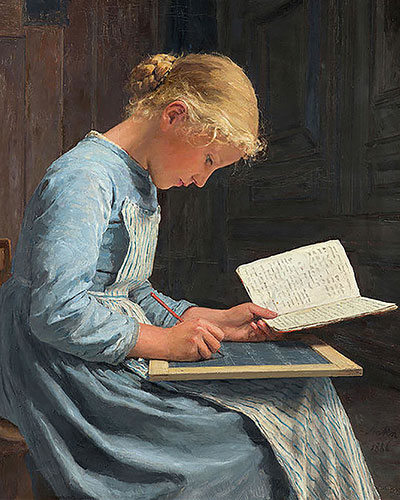

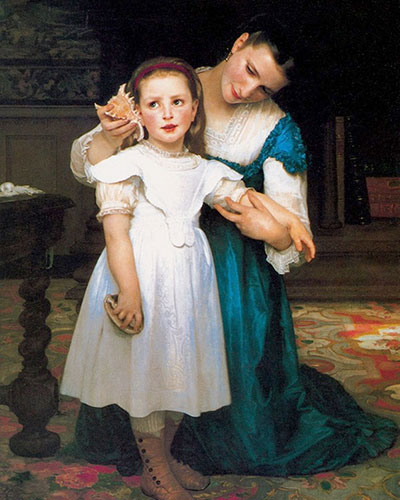
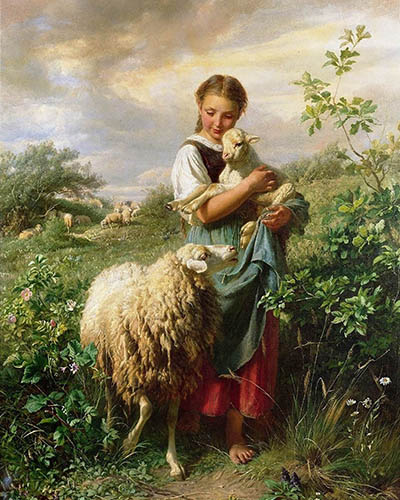
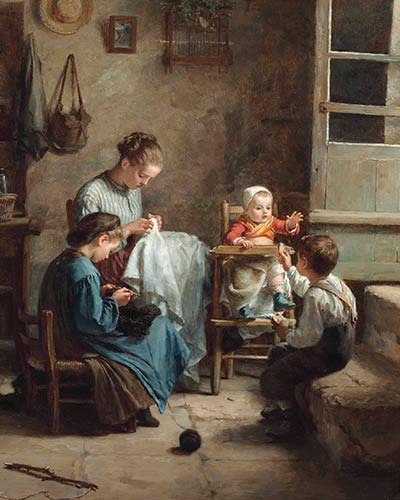
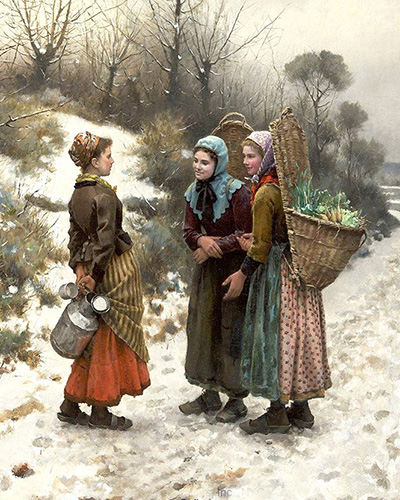
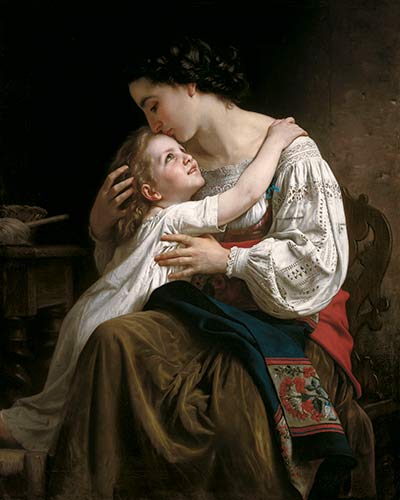
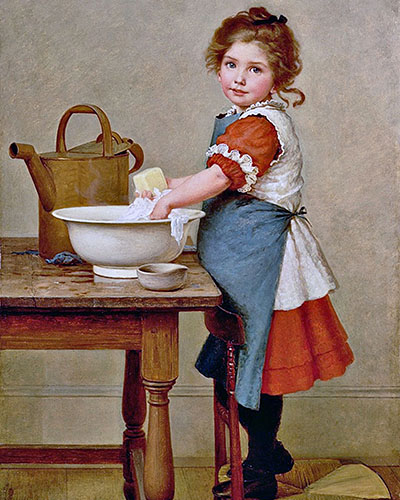



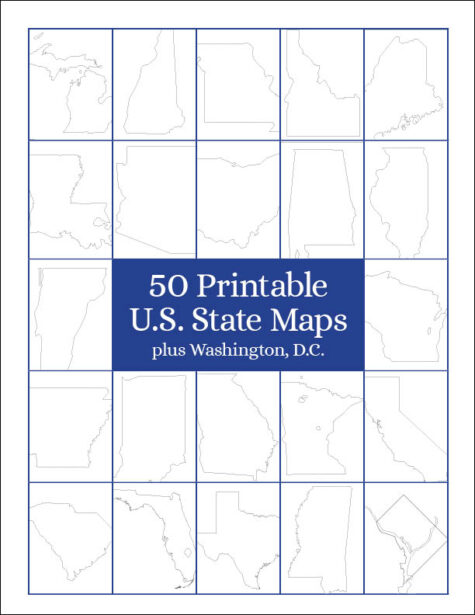
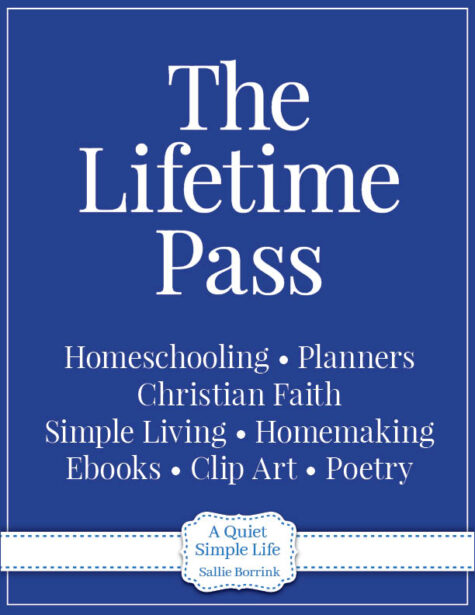
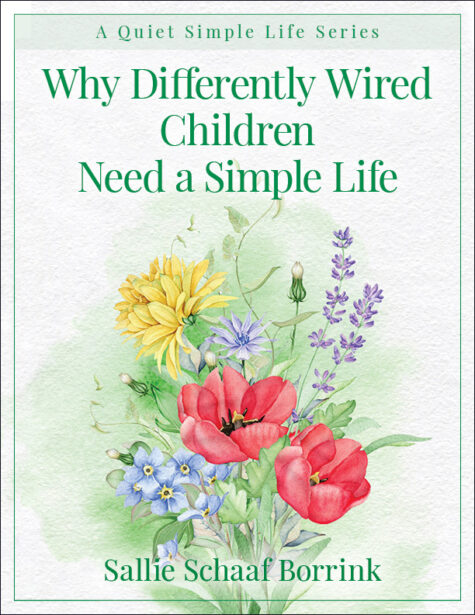
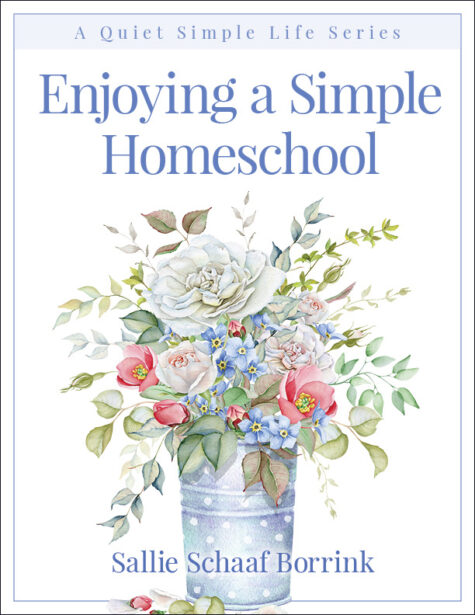
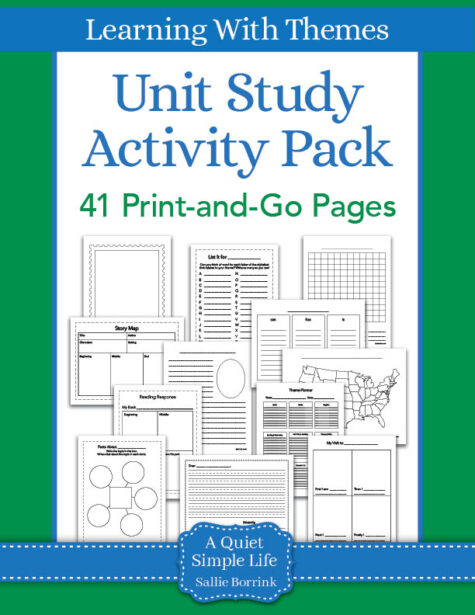






Leave a Reply